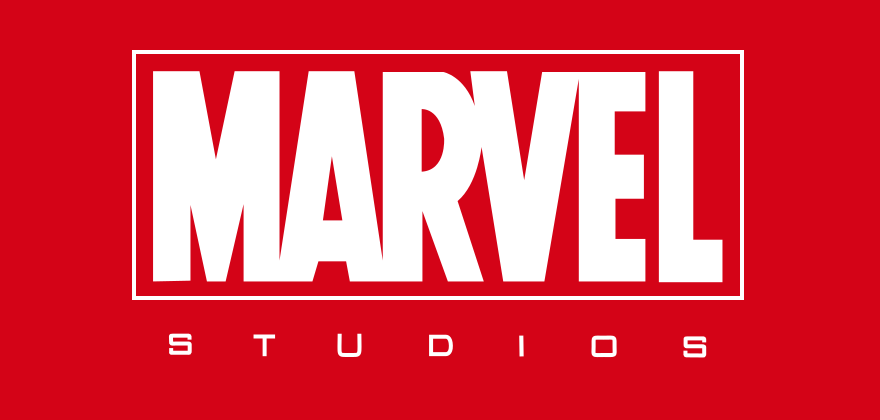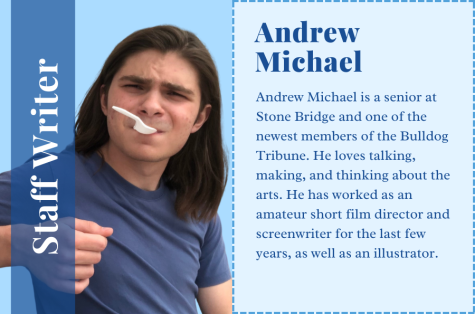Marvel’s VFX Artists Reveal Less Than “Marvel”ous Working Conditions
In the last 14 years, Marvel Studios has dominated the movie industry, with the spectacle of these movies drawing huge audiences around the world. Behind most of the heroic action sequences are thousands of visual effects (VFX) artists who meticulously model, texture, and animate these scenes. These designers are integral to the process of creating these blockbusters, but they are said to be treated with less prestige than the faces in front of the screen.
Through platforms such as Reddit, Twitter, Vulture, and New York Times, VFX artists at Marvel Studios have been unveiling the poor working conditions they’ve faced in their work, allegations revolving around poor management and overwork.
“Working on Marvel shows is what pushed me to leave the VFX industry,” former Guardians of the Galaxy VFX artist Dhruv Govil said on Twitter. “They’re a horrible client, and I’ve seen way too many colleagues break down after being overworked, while Marvel tightens the purse strings.”
When working with VFX workers, the director typically provides the groundwork for the visual effects shots. This groundwork is typically storyboards or detailed descriptions of how they want the shots to look. According to the VFX artist, many of Marvel’s directors don’t provide a stable enough foundation for the effects process to run smoothly.
“The main problem is most of Marvel’s directors aren’t familiar with working with visual effects,” an anonymous VFX artist said on Vulture. “A lot of them have just done little indies at the Sundance Film Festival and have never worked with VFX. They don’t know how to visualize something that’s not there yet, that’s not on set with them.”
It’s common for Marvel Studios to pick lesser-known or inside directors to helm their films. John Watts, Destin Daniel Cretton, and Taika Waittiti are just a few of the numerous directors that have made an installment in the Marvel Cinematic Universe. Putting these newer directors in the spotlight may seem like a good idea at first: they cost less than big shots like Steven Spielberg, and they can provide a unique vision of these iconic characters. Using smaller directors does come with some caveats, however: most of these directors don’t have much knowledge in what it takes to craft exciting action sequences characteristic of Marvel films. Their lack of experience in making big budget films leaves most of the action to be completely done in post production, or after filming. This forces the VFX artist to create entire scenes without any direction or framework to build on.
“We’ve literally made up the entire third act of a film, a month before release, because the director didn’t know what they wanted,” another anonymous VFX artist said on CNET.
One of the most egregious examples of mismanagement on the studios part occurred during the release date change of Avengers: Infinity War. At the pace post-production was going, VFX artists were working expecting the original May 2022 release date. So it came to everyone’s surprise when on March 1 it was announced Infinity War’s release date moved up to April, meaning two months of work had to be crunched in one month. The impossible deadlines weren’t exclusive to Infinity War, though.
“I didn’t have a day off for five weeks,” said an anonymous VFX artist on New York Post. “And those were not eight-hour days. They were ten-plus-hour days, and that was because they did a reshoot a month before the show was due. So we literally got shots in at the end of December for a show that was due at the end of January.”
While Marvel Studios is currently the main target of criticism for its treatment of VFX artists, it is important to remember this is an industry-wide problem. Many other major movie and video game studios are facing the same allegations from exhausted VFX workers. What seems to be the most common solution to this problem for VFX artists is to unionize, as the unionization of artists would allow them to negotiate contracts for higher wages, better hours, and require better communication from the studio. If VFX artists unionize, instances like the quote from the artist below can become a rarity instead of the norm.
“I’ve had to comfort people crying at their desks late at night from the sheer pressure involved, and routinely had colleagues call me having anxiety attacks,” an anonymous VFX artist said on CNET. “I’ve heard personally from many artists that they ask to avoid Marvel shows in their future assignments.”



